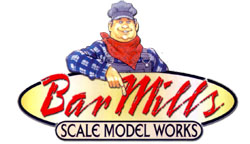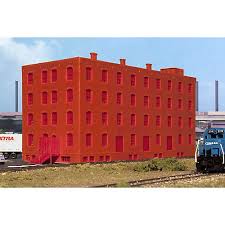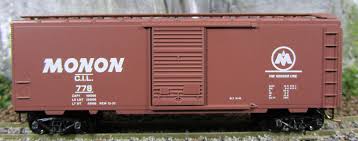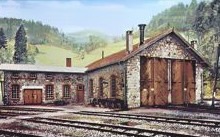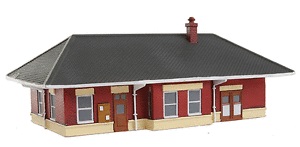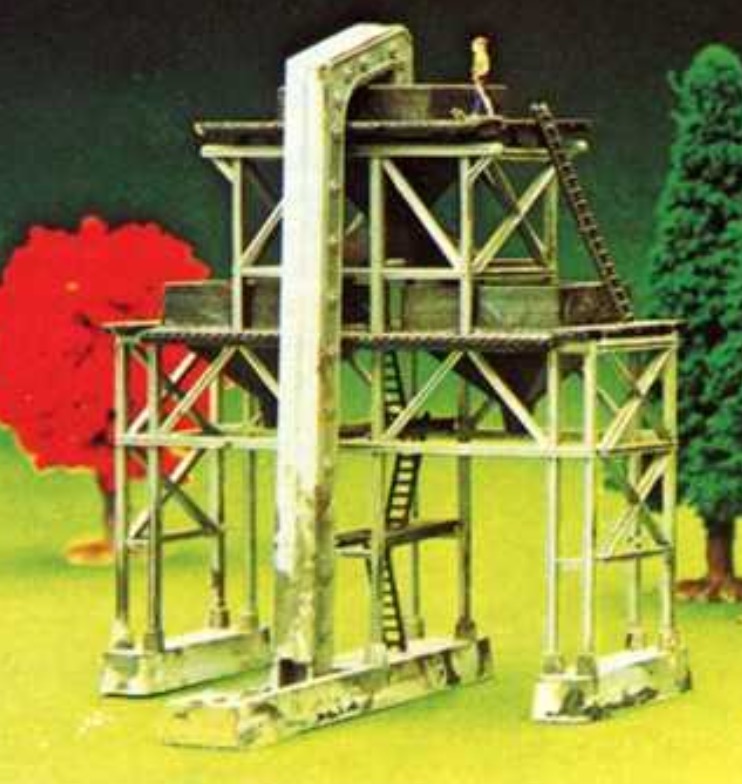Specific Item Information: Whistlestop Junction was the first structure we ever produced to be made available through
hobby shops. Available in both "N" & "HO" scales we wanted to make sure we were going to
take a different approach to our models, not simply do some re-hash of an American Model
Builders kit (the best known leaser kits available in stores at the time). Now, don't get us
wrong, we like AMB kits, but we figured "they" would be "them", and "we" would be "us", and
what good would honestly come of just another "copycat" company ? Even this early on we
wanted to do something special... and we did ! From the laser-cut roofing (I did the photo
in the model in one day. you can tell by the sloppy roofing job), to the etched nail holes
Bar Mills kits would have to be both different, and affordable. This station is generic, and
that is what we were looking to do. As free-lance modelers ourselves I didn't see Bar Mills
as doing much with "prototype" oriented stuff... even to this day our structures tend to be
more "Imagineered" than "engineered". The building was a copy of one that the late
Rob Corriston did, it's fancy, but not really, and unassuming, but not really... anyway
you get the idea.
Overall dimensions: 3" x 2.25"
Road Name History: 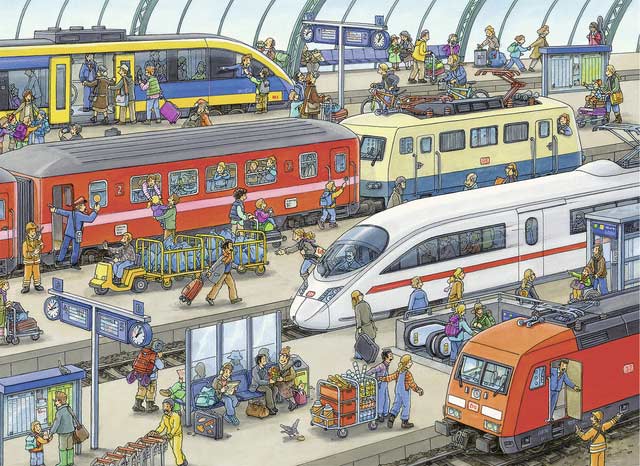 Railroad structures include but are not limited to stations, depots, yard offices, interlocking towers and tanks. A train station, railway station, railroad station, or depot is a railway facility where trains regularly stop to load or unload passengers or freight.
Railroad structures include but are not limited to stations, depots, yard offices, interlocking towers and tanks. A train station, railway station, railroad station, or depot is a railway facility where trains regularly stop to load or unload passengers or freight.
It generally consists of at least one track-side platform and a station building (depot) providing such ancillary services as ticket sales and waiting rooms. If a station is on a single-track line, it often has a passing loop to facilitate traffic movements. The smallest stations are most often referred to as "stops" or, in some parts of the world, as "halts" (flag stops). Stations may be at ground level, underground, or elevated. Connections may be available to intersecting rail lines or other transport modes such as buses, trams or other rapid transit systems.
From Wikipedia

It generally consists of at least one track-side platform and a station building (depot) providing such ancillary services as ticket sales and waiting rooms. If a station is on a single-track line, it often has a passing loop to facilitate traffic movements. The smallest stations are most often referred to as "stops" or, in some parts of the world, as "halts" (flag stops). Stations may be at ground level, underground, or elevated. Connections may be available to intersecting rail lines or other transport modes such as buses, trams or other rapid transit systems.
From Wikipedia
Brand/Importer Information: Bar Mills Models is a specialty manufacturer of Model Train structure kits and scenery details. They are located in (surprise surprise) Bar Mills, Maine. Their products span the N, HO, O and S scales. As well as complete structure kits, they also produce fairly obscure details such as external staircases, street elevators and roofing shingles as well as more "run-of-the-Mill" stuff like crates and barrels. Some of their inventory if available online, and some items only through retail hobby shops. All items are unpainted.
Item created by: nscalestation on 2018-01-07 12:49:38. Last edited by CNW400 on 2021-02-10 15:15:17
If you see errors or missing data in this entry, please feel free to log in and edit it. Anyone with a Gmail account can log in instantly.
If you see errors or missing data in this entry, please feel free to log in and edit it. Anyone with a Gmail account can log in instantly.



